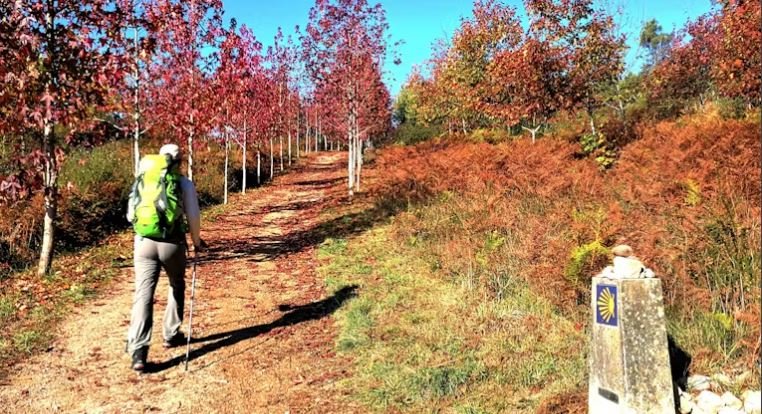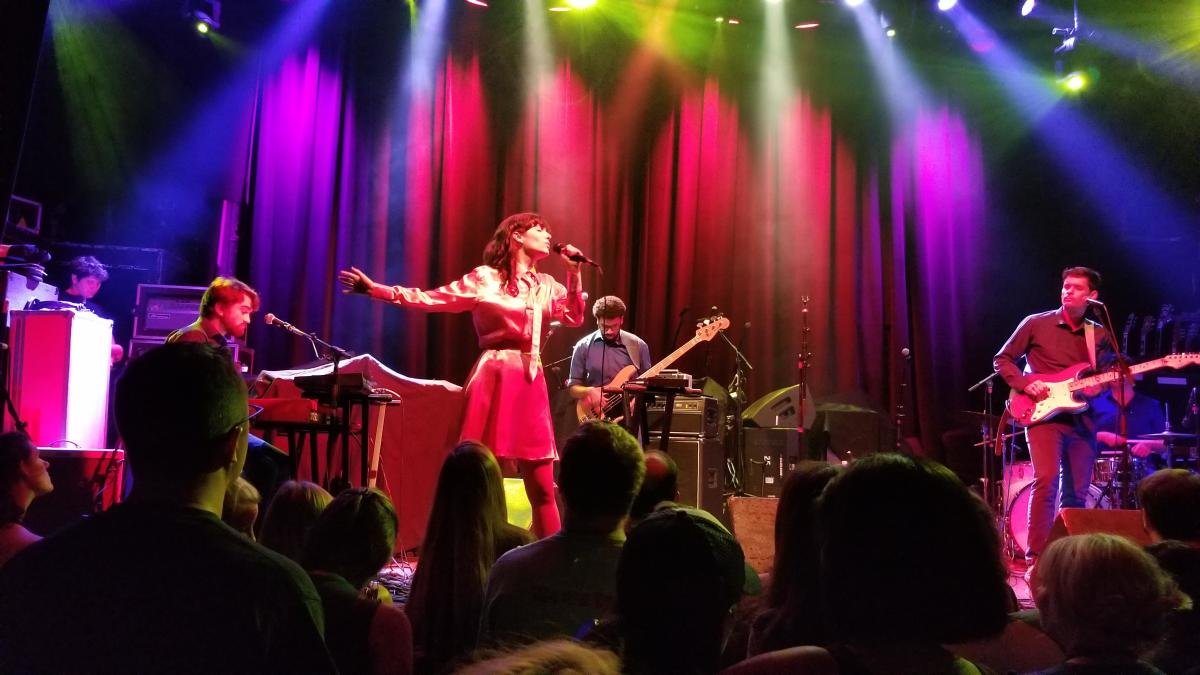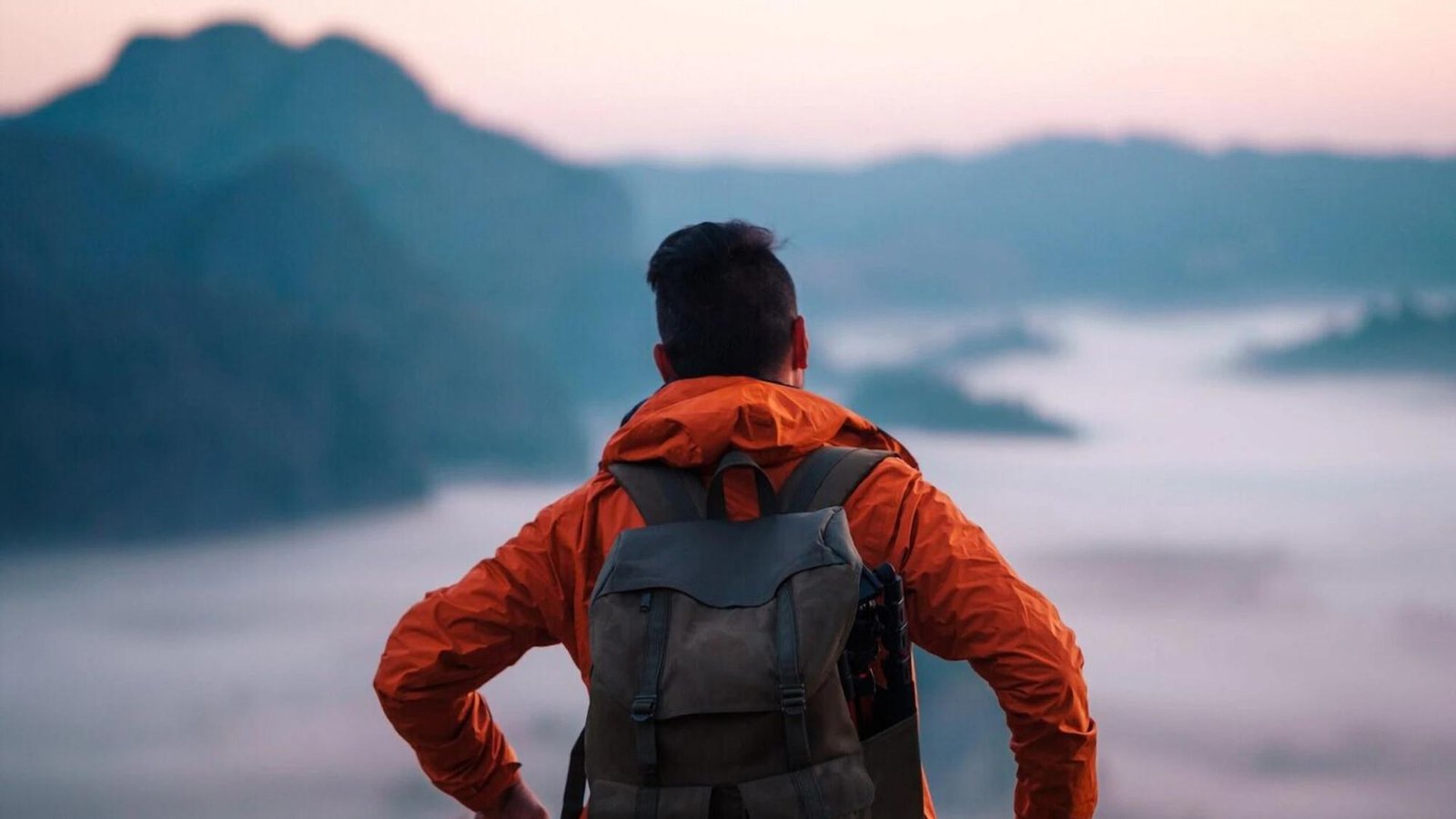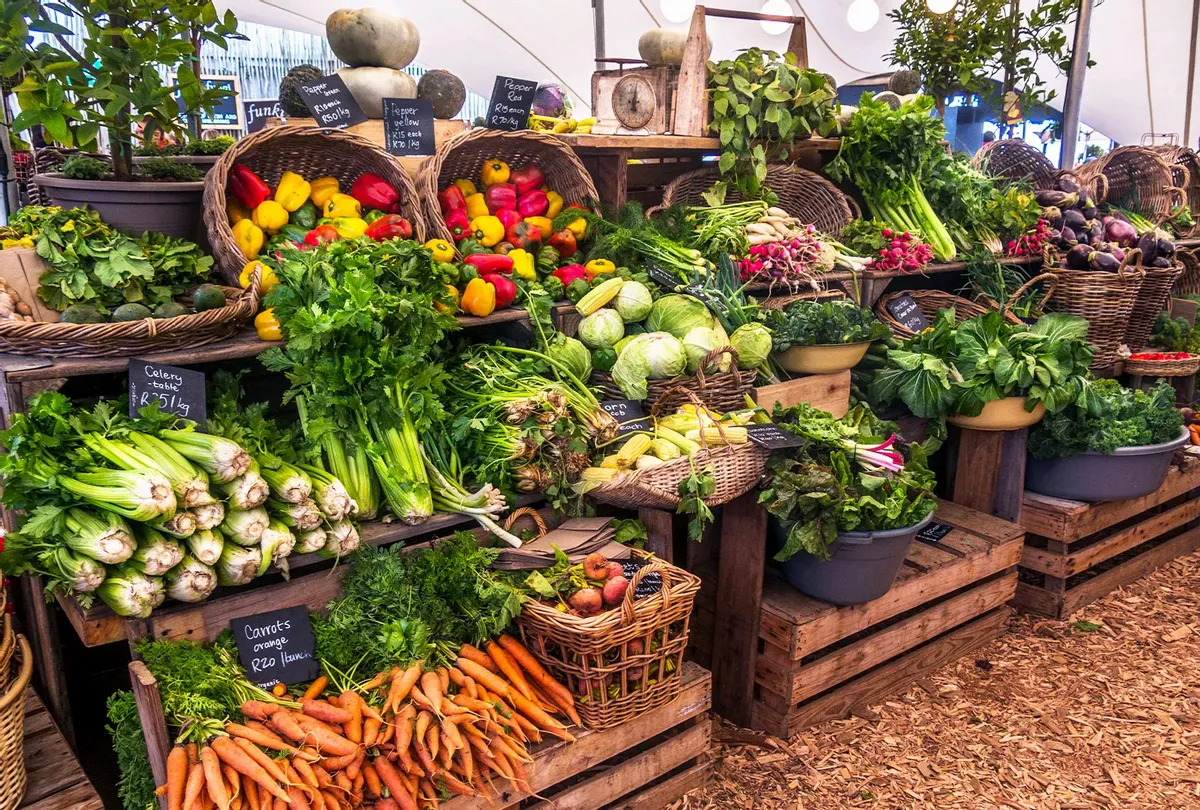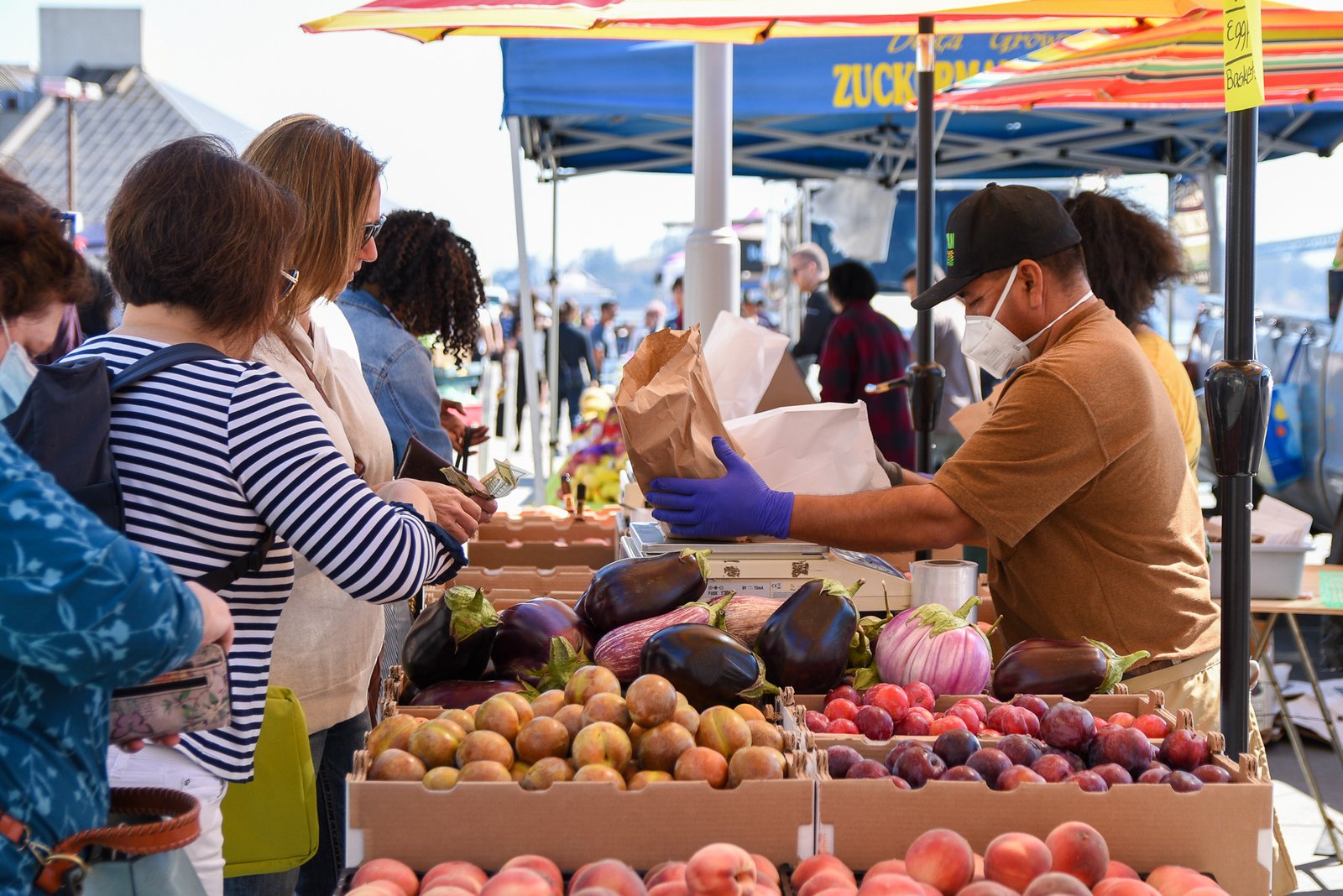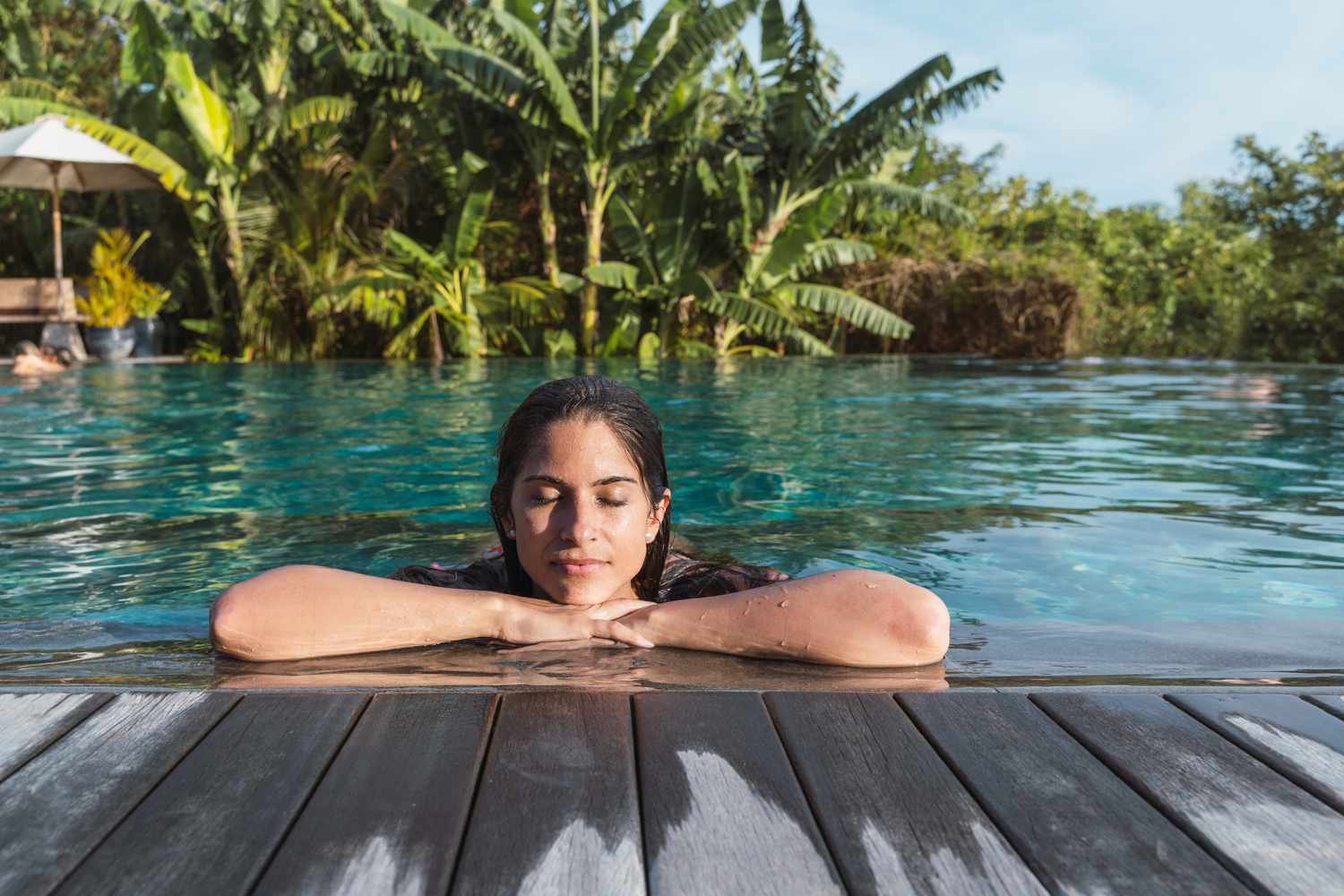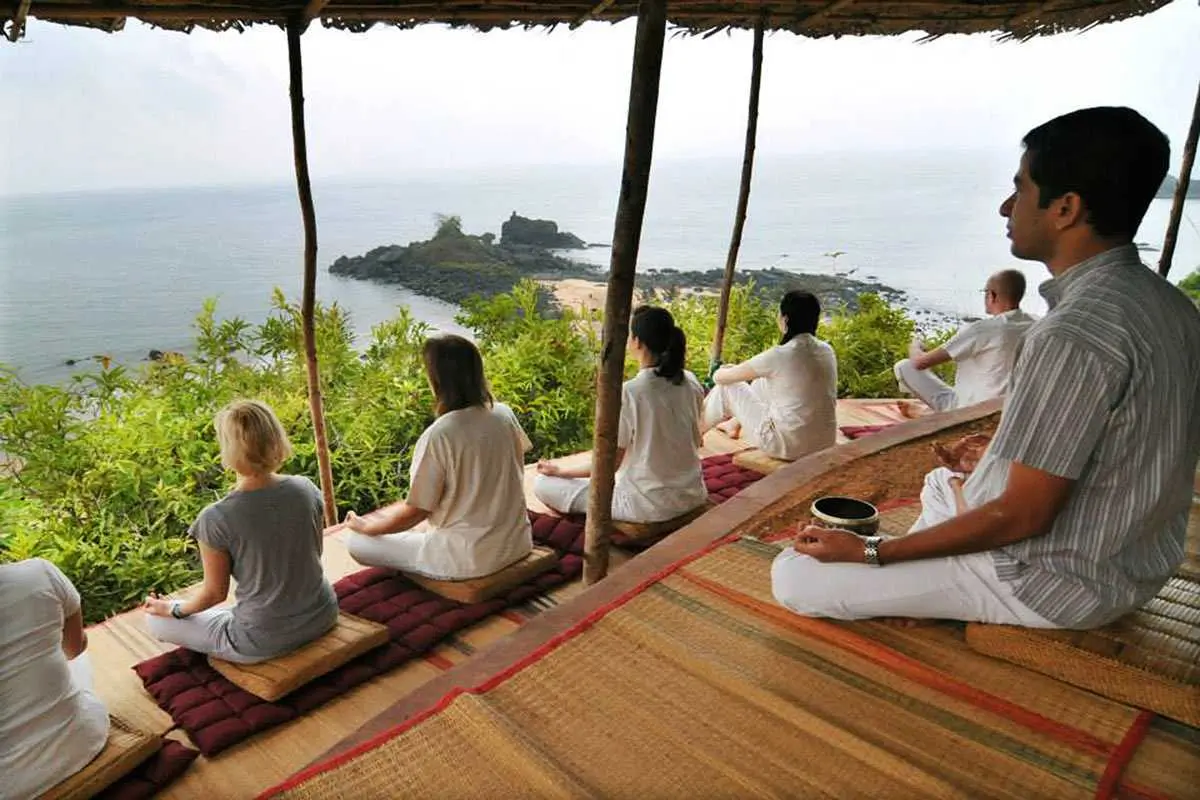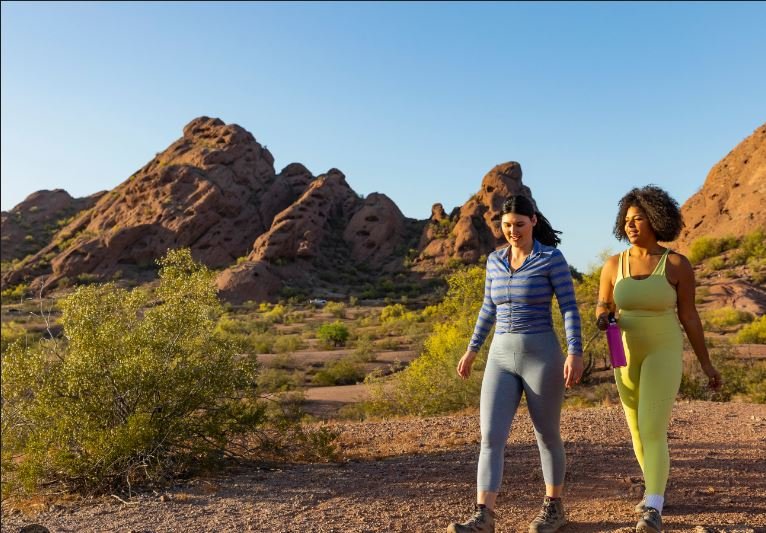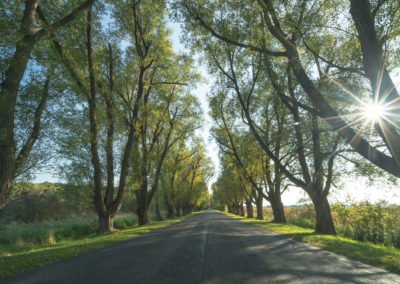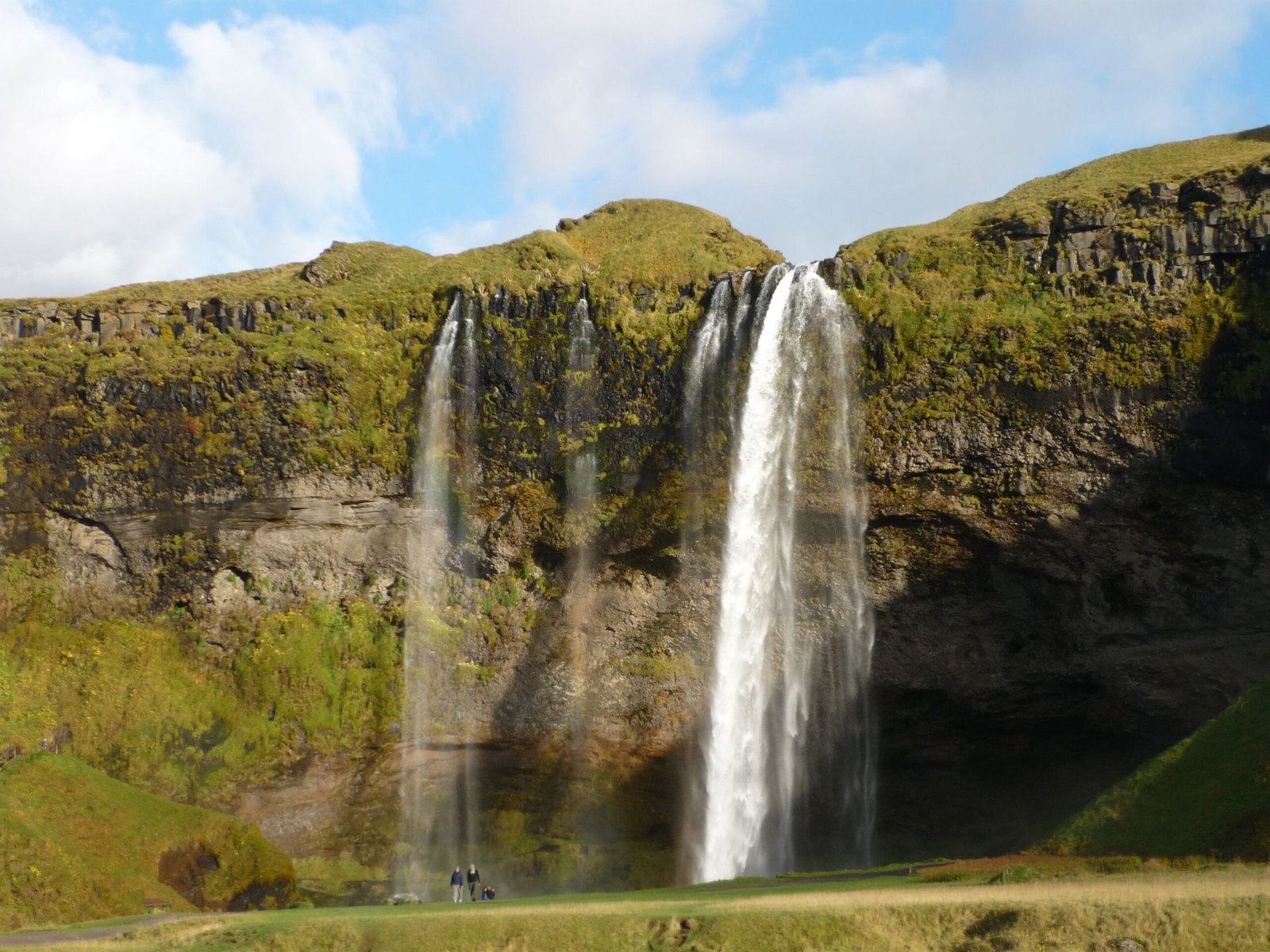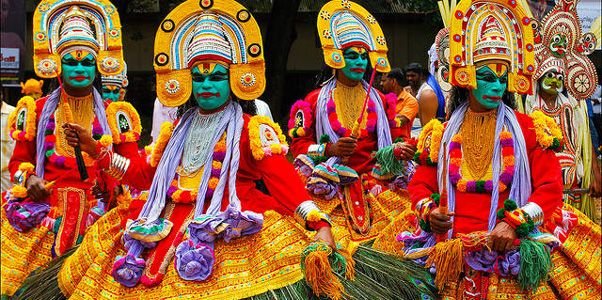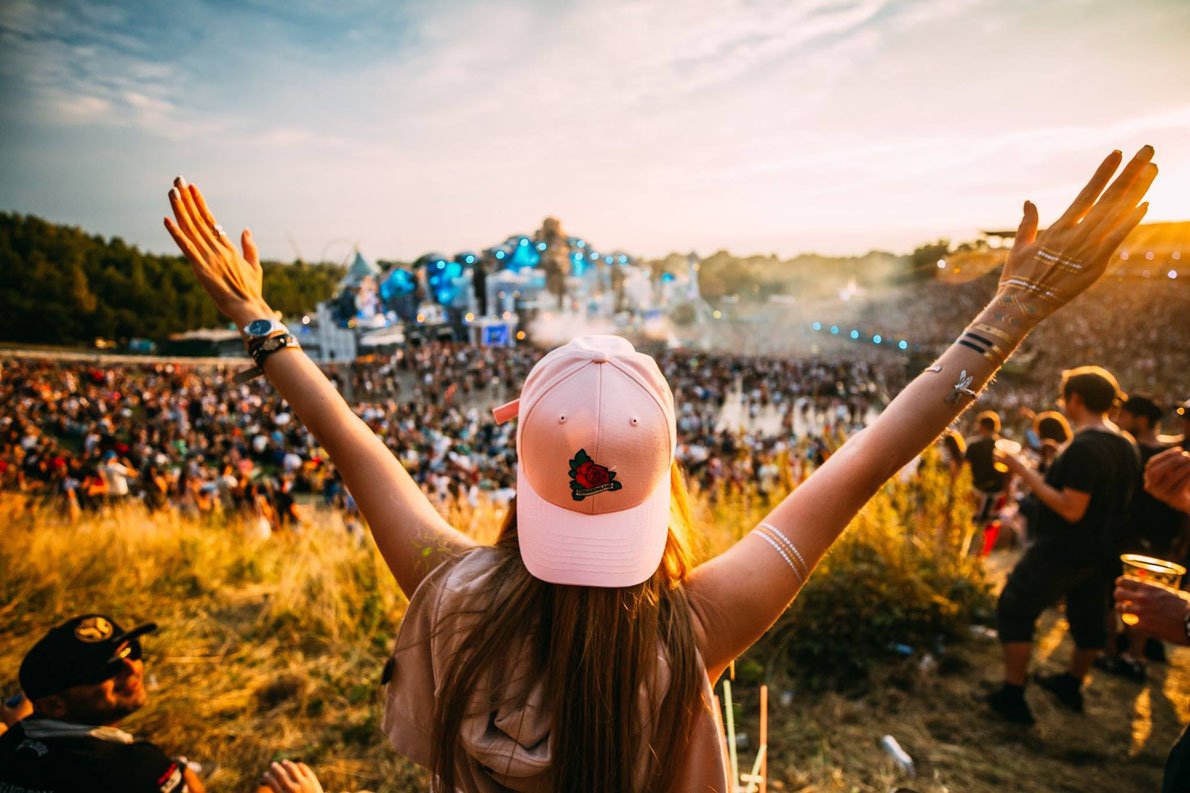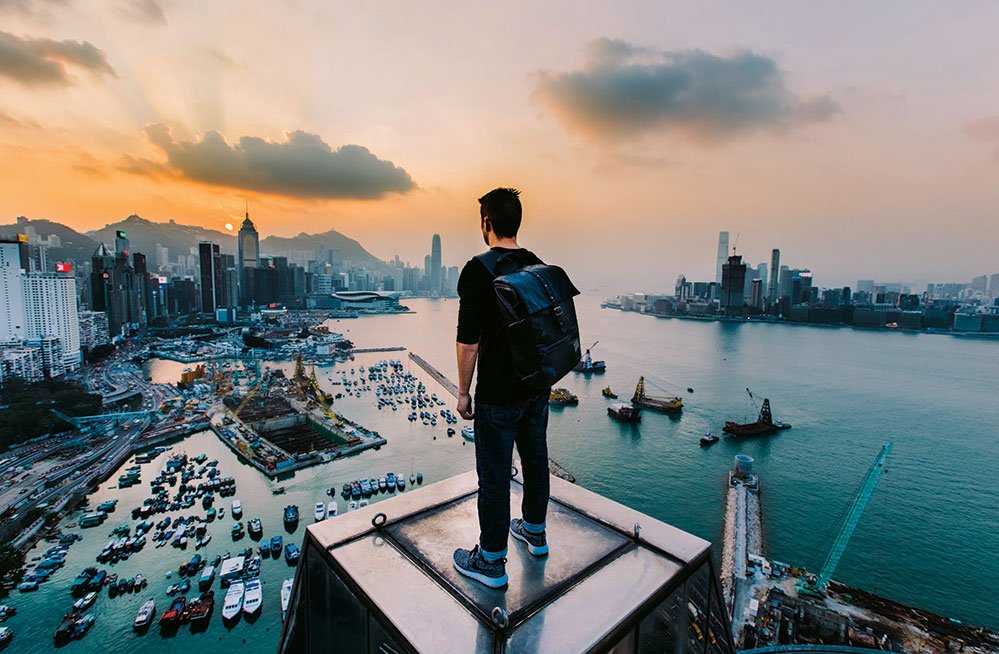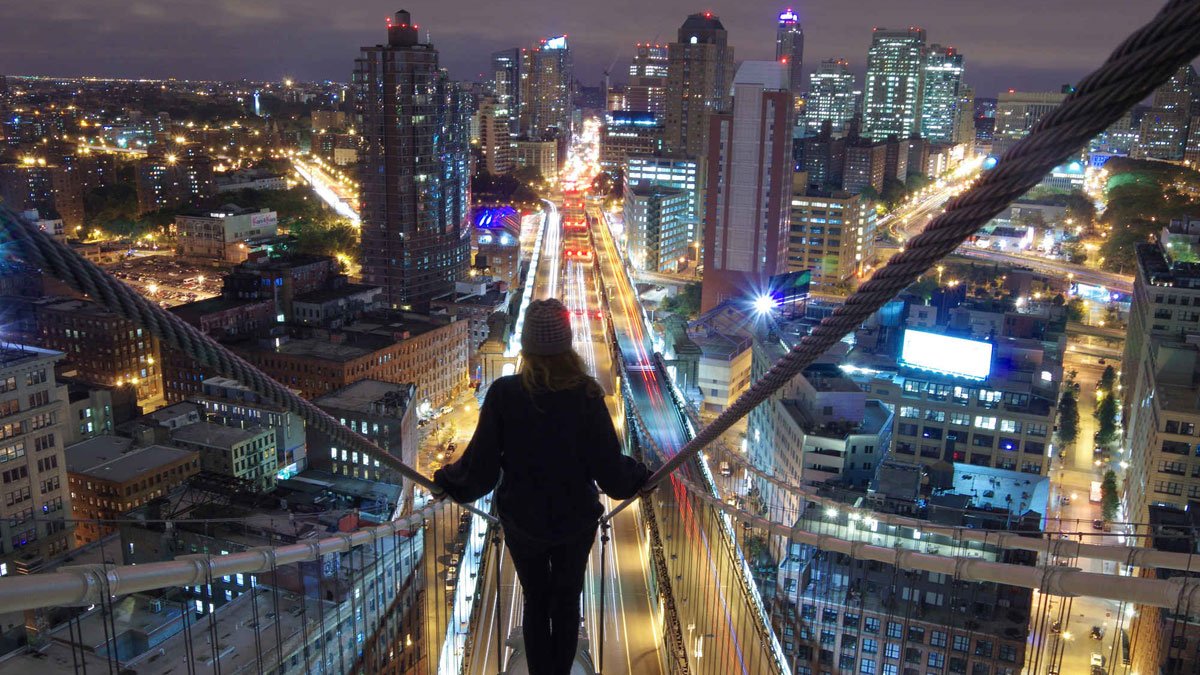Architectural Wonders Tours: Explore Innovative Designs.
Embarking on a self-guided tour of architectural wonders allows you to explore some of the most innovative and breathtaking designs in the world. From historic masterpieces to contemporary marvels, these structures showcase the creativity and vision of architects across different eras. Here’s how to plan an architectural tour that highlights some of the most impressive and inspiring buildings.
1. Select Your Architectural Themes
Identify the types of architectural designs that interest you:
- Modern Marvels: Explore contemporary buildings known for their cutting-edge design and innovative use of materials.
- Historical Icons: Visit historic landmarks that represent significant architectural styles and eras.
- Sustainable Architecture: Focus on buildings that incorporate eco-friendly and sustainable design principles.
- Iconic Skyscrapers: Discover towering skyscrapers that define city skylines and push the boundaries of engineering.
2. Research Architectural Wonders
Find notable structures and buildings to include in your tour:
- Famous Landmarks: Look for world-renowned architectural landmarks such as the Eiffel Tower in Paris, the Sydney Opera House, or the Burj Khalifa in Dubai.
- Architectural Pioneers: Explore works by influential architects like Frank Lloyd Wright, Zaha Hadid, or Le Corbusier. Visit their iconic buildings, such as Fallingwater, the Heydar Aliyev Center, or Villa Savoye.
- Unique Buildings: Seek out unconventional and experimental buildings that offer a fresh take on architectural design, like the Guggenheim Museum in Bilbao or the Lotus Temple in Delhi.

3. Plan Your Itinerary
Design a route that covers a variety of architectural styles and landmarks:
- Key Destinations: Include must-see architectural wonders and landmarks in your itinerary, considering their historical and cultural significance.
- Architectural Districts: Explore neighborhoods or districts known for their architectural heritage, such as the Art Deco district in Miami or the Bauhaus sites in Germany.
- Travel Logistics: Plan your route to efficiently visit each location. Consider transportation options and travel time between destinations.
4. Prepare for Your Tour
Get ready for an enriching architectural journey:
- Essential Items: Pack a camera for capturing architectural details, a notebook for jotting down observations, and comfortable walking shoes.
- Architectural Guide: Bring a guidebook or digital resources that provide insights into the architectural styles and history of the buildings you’ll visit.
- Local Insights: Research local tours or guided visits that offer deeper knowledge about the buildings and their architects.
5. Engage with Architecture
Enhance your experience by connecting with the architectural design:
- Guided Tours and Audio Guides: Utilize guided tours or audio guides at major landmarks to gain in-depth knowledge about the buildings and their significance.
- Architectural Photography: Take time to photograph unique design elements, materials, and the overall structure. Focus on details such as facades, interiors, and unusual angles.
- Historical Context: Learn about the historical context and design challenges faced during the construction of the buildings. Understanding the story behind each structure adds depth to your visit.
6. Share Your Architectural Journey
Document and share your tour to inspire others:
- Social Media: Post photos, videos, and insights from your architectural tour on social media. Use relevant hashtags to connect with other architecture enthusiasts.
- Blog or Vlog: Write a blog post or create a video blog about your tour, including highlights, architectural features, and personal reflections.
- Local Communities: Share your experiences with local architecture groups or forums to contribute to discussions about architectural design and history.
7. Example Architectural Tours
Here are some ideas for architectural tours to inspire your exploration:
- Global Architectural Icons: Visit iconic buildings around the world, such as the Colosseum in Rome, the Taj Mahal in Agra, and the Shard in London.
- Modern Design Tour: Explore contemporary architectural marvels, including the Marina Bay Sands in Singapore, the Millennium Dome in London, and the Walt Disney Concert Hall in Los Angeles.
- Historic Architecture Circuit: Discover historic sites and architectural masterpieces, such as the Parthenon in Athens, Notre-Dame Cathedral in Paris, and the Alhambra in Granada.
Conclusion
A self-guided tour of architectural wonders offers a unique opportunity to explore innovative designs and iconic structures. By selecting notable landmarks, planning a thoughtful itinerary, and engaging with the architectural details, you can create a memorable journey that celebrates the art and science of building design. Embrace the beauty of architecture and enjoy the exploration of remarkable and inspiring structures.



